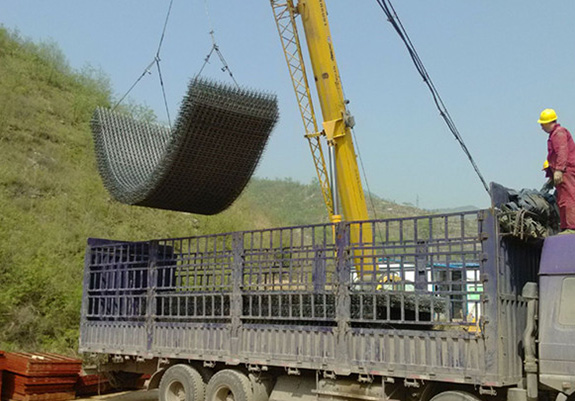Reinforcing mesh plays a critical role in modern concrete construction, strengthening structures and increasing their durability. From residential floors to large-scale industrial foundations, understanding when and why reinforcing mesh is needed in concrete can significantly enhance the longevity and reliability of a project. This guide will explore key factors to help you identify the need for reinforcing mesh in concrete applications.
1. Understanding Reinforcing Mesh in Concrete
Reinforcing mesh, typically made from steel, is embedded within concrete to help improve its tensile strength. While concrete is naturally strong in compression, it’s prone to cracking under tension. Reinforcing mesh acts as a support system, preventing cracks from widening and helping the concrete structure withstand heavier loads. This is particularly useful in areas subject to heavy foot traffic, vehicles, or extreme weather.
2. Assessing Structural Load Requirements
The primary factor in determining the need for reinforcing mesh is the load-bearing requirement of the structure. If a concrete slab will bear heavy loads—such as those in parking garages, driveways, or industrial floors—reinforcing mesh provides the necessary tensile strength to handle these stresses. Residential projects may also benefit, especially for floors and foundations, where reinforcement prevents long-term cracking and settlement issues.

Reinforcemen for Highway of Henan Province
3. Evaluating Environmental and Weather Conditions
In areas prone to freeze-thaw cycles, reinforcing mesh helps maintain concrete integrity. Freezing temperatures can cause the water within concrete to expand, leading to cracking and degradation over time. Mesh reinforcement holds the concrete together, reducing the likelihood of severe damage. For projects in coastal or humid environments, additional reinforcement is often necessary to combat the risk of corrosion, helping to prevent early structural failure.
4. Determining Project Longevity and Durability Goals
If a project demands a high level of durability and long-term performance, reinforcing mesh is usually a wise investment. Reinforced concrete structures typically have a longer lifespan and require fewer repairs, saving both time and maintenance costs. For example, public infrastructure projects, like bridges and tunnels, use reinforcing mesh to meet durability standards that can withstand decades of continuous use.
5. Analyzing Concrete Slab Thickness and Design
The thickness of a concrete slab and its design specifications also affect whether reinforcing mesh is needed. Thinner slabs, commonly used in walkways or patios, often benefit from reinforcement to avoid cracking and surface damage. Conversely, thicker slabs might be structurally stable on their own but can still benefit from mesh to enhance their load-bearing capacity and durability.
6. Considering Cost and Material Savings
While reinforcing mesh adds to the initial project cost, it can result in savings over time by reducing maintenance and repair expenses. Reinforced concrete allows for thinner slabs without compromising strength, potentially reducing material costs. For high-traffic commercial spaces, this durability translates to fewer disruptions from repairs, making mesh reinforcement an investment in operational efficiency.
Questions and Answers
Q: Is reinforcing mesh necessary for all concrete projects?
No, reinforcing mesh is not required for every concrete application. It is generally used for projects that require additional tensile strength or are subject to heavy loads or harsh environmental conditions. For low-traffic residential sidewalks, reinforcement may not be necessary.
Q: How much reinforcing mesh is typically needed for a project?
The amount of reinforcing mesh depends on the size of the slab, load requirements, and environmental factors. Consult with a structural engineer or concrete specialist to determine the specific mesh size and placement requirements for optimal strength.
Q: What is the difference between reinforcing mesh and rebar?
Reinforcing mesh is a grid-like structure made of steel, while rebar consists of individual steel rods. Mesh is typically easier to install in large slabs and provides uniform support, while rebar is often used in projects with complex shapes or where specific load points need extra support.
By considering these factors, you can determine whether reinforcing mesh is essential for your concrete project, ensuring a structure that is strong, durable, and resistant to cracking and other forms of damage.







